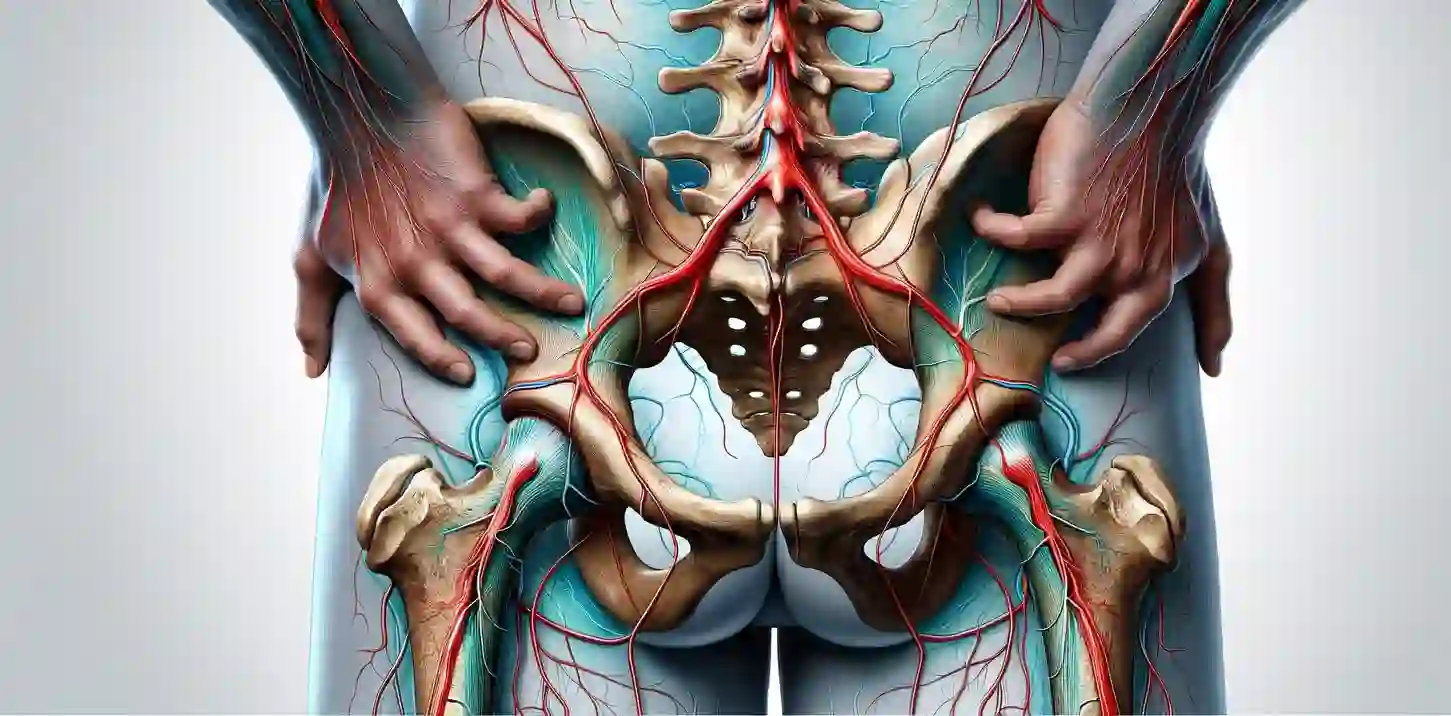Disc bulges are a common cause of back pain and discomfort which affects millions of people around the world. The conditions like central protrusions that are superimposed, disc bulges abutting the nerve roots, swollen disc bulges, and paracentral bulges are all able to result in significant pain and mobility problems. Understanding these conditions is essential in managing pain and enhancing your quality of life. Dr. Ken Nakamura, a prominent chiropractor, offers valuable information on these conditions and provides guidance on how you can manage them effectively.
What is the disc Bulge (or Disc Bulge)?
A disc bulge can occur when the intervertebral ring, that is a cushion that sits between the vertebrae and acts as a shock absorber is stretched beyond its normal limits. This may be due to degeneration, wear and tears as well as injury over the course of. The size of disc bulges can differ in their severity, ranging from small protrusions that produce little or no discomfort to larger bulges which can enlarge nerves in the vicinity, causing pain and discomfort.

Superimposed Central Disc Protrusion
A superimposed central disc protrusion is a distinct type of disc bulge which occurs in the spinal canal’s central region. According to Dr. Ken Nakamura, this protrusion may cause compression of the spinal cord or nerve roots, which can lead to symptoms such as the sensation of numbness, pain, or an inability to move the affected area. This protrusion is located in the middle of the spinal column, so it’s possible to affect both sides of your body.
Disc Bulge Abutting Nerve Root Treatment
If a disc bulge is located near an nerve root, it may cause significant pain and neurological symptoms, like sciatica, which is a painful condition which radiates down your leg. In the absence of treatment, pressure on the nerve root of the spine can cause inflammation, pain, and even loss of function.
Dr. Nakamura says that treating a disc bulge adjacent to nerve roots generally involves the use of a combination of conservative and in some cases interventional methods. Physical therapy, anti-inflammatory medication and modifications to exercise can be used as conservative treatments to reduce pressure on the nerves. In more extreme cases, epidural steroids injections or surgery could be required to ease the pressure and offer relief.
Eccentric Disc Bulge
An eccentric disc bulge refers to an abnormal bulge off-center, usually to one side of the spinal canal. This type of bulge can result in unilateral symptoms, which means that pain, as well as other issues are typically felt on one side of the body. Discoid bulges that are eccentric can be particularly problematic because they may restrict specific nerve roots that can result in localized pain, tingling, or weakness.
Dr. Nakamura emphasizes that treatment for an eccentric disc bulge usually involves exercises to build up the muscles around the spine, and to improve flexibility. This may help decrease the pressure on the disc and ease symptoms. Spinal decompression therapy, a non-surgical procedure that can help reduce bulges as well as relieve nerve irritation, can be advised in some instances.
Paracentral Protrusion
Paracentral protrusion is a type of disc bulge that occurs near the center but slightly to one side of the spinal canal. It also can cause nerve root pressure that is like the other kinds of bulges. Its symptoms are discomfort, numbness and tingling.
Dr. Nakamura suggests that paracentral protrusions can be treated using a combination or conservative therapies. This could include physical therapy and pain management strategies along with lifestyle modifications. In extreme cases, surgery may be required to remove the protruding disk material and decompress affected nerve.
Controlling Disc Bulge-Related Pain
Treatment of disc bulge pain depends on the severity and symptoms specific to the problem. For moderate to mild cases, conservative treatment is usually effective in relieving pain and enhancing function. They include:
Physical therapy Special exercises that strengthen muscles supporting the spine and increase flexibility.
Pain Management Treatment of pain using anti-inflammatory agents and muscle relaxants to reduce inflammation and pain.
Lifestyle Modifications – Adjustments made to daily activities that will not exasperate the condition. Examples include a proper posture as well as ergonomic adjustments. Also, avoid heavy lifting, etc.
Interventional Therapies: In situations where conservative treatments are insufficient alternatives like epidural steroid injections or minimally surgical procedures can be thought of.
The final sentence of the article is:
A successful treatment for pain requires you are aware of the subtleties of various conditions, including central disk protrusion that is superimposed bulge disc which is in contact with a nerve root, eccentric bulge disc and paracentral bulge. Dr. Ken Nakamura stresses the importance of recognizing the symptoms and seeking treatment to lessen the pain, improve mobility, and improve the quality of your life. Treatment of disc bulges are vital to living a pain-free life by using conservative methods or in some instances surgical intervention.